Jurgen Klopp signing a contract extension in December makes two things clear: Liverpool can look forward to more success, and he’ll have to build a new team to do so.
There’s absolutely nothing inherently wrong with the current Reds squad. How could there be? As it stands, we’re champions of Europe, the world and, very soon, the Premier League.
But moving forward and continuously improving is an absolute must for any team with aspirations of domination and consistent success, and fans have grown accustomed to watching Jordan Henderson tap-dance his way to another trophy lift.
The current team is superb, barely lacking in any regard, but many components are also at peak age. With Klopp signing through to 2024, he’ll certainly have to begin replacing and fine-tuning certain parts of the side across the next 12 to 24 months, ensuring the Reds remain at the top.
So exactly how might that process go?
Renewal and regenerating
Key to when and where Liverpool strengthen and renew is acknowledging how much is expected of each area of the team, how much they put into matches and how much longer they can keep doing so.
By common consent, attack is the area most in need of immediate attention, by age as much as current depth and options. There’s a huge drop-off from the first-choice trio to anybody else at all, but the fact that Mane-Bobby-Mo are so good also means there are fewer who can be signed on a plug-and-play approach.
Take Timo Werner, for example. It looks increasingly likely that Liverpool won’t sign Germany’s first-choice forward, a £50-60 million man, a much-wanted and admired attacker who is in the running for the European Golden Boot.
And he wouldn’t have been signed to walk straight into the team.
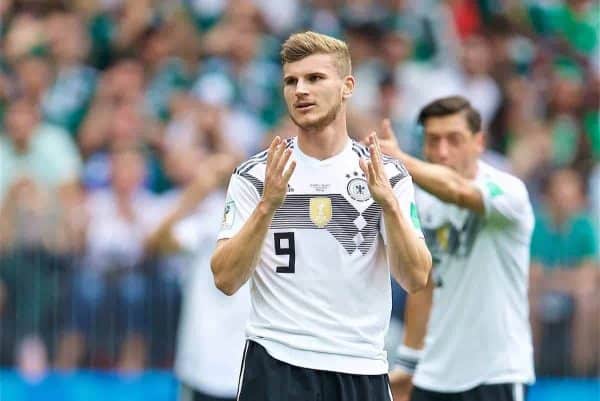
For months it was all about how he was willing to wait, watch and learn, and then step up when ready. Imagine that happening a decade ago, even at a comparatively lower price?
So, the options to improve and renew the team can be found, but they have to be right in every regard. We arrived in this position by being careful, deliberate and having conviction with the players the hierarchy wanted—there’s no need to change that approach now.
If the Reds don’t sign anybody major this summer, and it’s a possibility at least, it’ll be two years since any significant outlay—but that doesn’t entirely translate to “no new faces.”
- Of the 10 players with most minutes this season all competitions, seven are 27 or older
- Ages 24 and under, the Reds have only two regulars at present in Gomez (23) and Trent (21)
- But seven players 20 or under have featured for at least 150 mins
Takumi Minamino has arrived, one or two other smart but low-cost additions may follow in the coming weeks, and a host of youngsters have started to make the grade, too.
On the flip side, right now many key parts of the team are between ages 27 and 29, approaching that time when usually it’s ideal to have the next wave of talent ready to step up in a big way. You do not, however, want to go from all 29-year-olds to all 23- and 24-year-olds.
“Intensity is our identity”, not 4-3-3
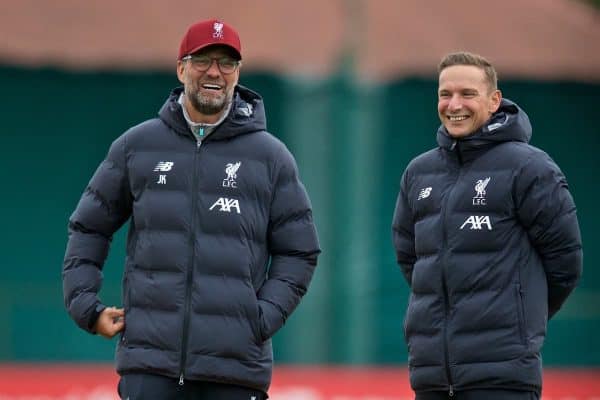
Renewal and rebuilding a team doesn’t only come with new faces, though. It also comes with new ideas, new progressions, new improvements.
Sometimes, teams might look to change their entire way of playing—but that doesn’t make sense for Liverpool. We’re at the top, not trying to get there, and we’re already the best at what we do. The trick is making sure we carry on doing the same jobs in slightly different ways, to stop teams negating our strengths.
For little by little, that’s what they’ll do.
Three brilliant, but narrow forwards? Teams will adapt and find a way to stop the Reds running in behind. Two full-backs with elite delivery? Eventually, someone will figure out how to handcuff Trent to the dugout and get Robbo in a straight-jacket without the ref noticing.
Football is cyclical and even the very good players can be stopped…but the best simply adapt once more and find another way to shine. That’s what we can expect from Klopp’s Liverpool v2.0.
As the boss has paraphrased and as Pep Lijnders has said, “our identity is our intensity.”
Note, they don’t say 4-3-3 is our identity. It doesn’t matter where the players are on the pitch at any given moment, the Liverpool way of playing is about aggression, confidence, counter-pressing, excellence in transitions, bravery on the ball, domination of spaces.
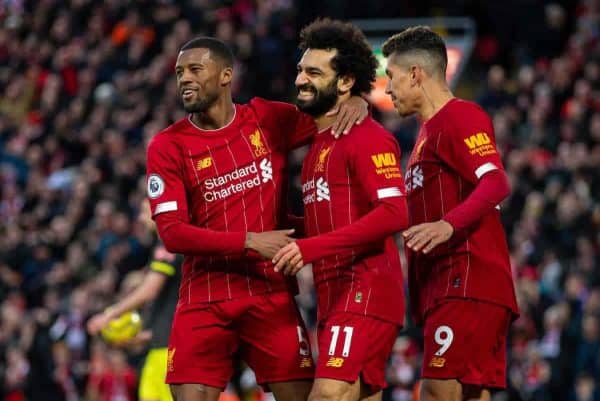
None of that will change, but within that same framework it could be that we see minor positional alterations—in fact we already have. Teams will look to stop Liverpool playing in usual places and spaces and, in the search to (as Jurgen likes to say) find solutions, Klopp has already had the Reds switching base formations.
Earlier in the season, it was Roberto Firmino dropping somewhat into a diamond. In other games, we’ve flattened out the midfield into a four, especially late on in matches or where we’re leading by a single goal. Defensively, we’ve gone to a three at the back from time to time.
Going forward, both in practical tactical and recruitment terms, a minor formation change may be the more effective route to continued success for the Reds, especially given the versatility and flexibility which Klopp loves in his forward players.
Two most likely switches there could be to either double-down on the diamond, or else—given our full-back propensity and domination of most matches—employ more of a box midfield in possession, which reverts to that more narrow, flattened four-man midfield in defensive phases.
Sense and suitability
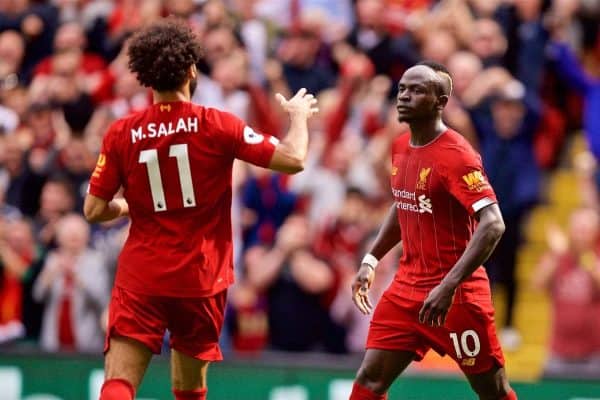
The diamond needs little explanation: it’s the midfield we use already, with Firmino (or whoever) dropping slightly deeper for a starting role and attacking from behind, while the two forwards play from the channels and continually run in behind.
Over in mainland Europe, a two-man attack is slowly becoming more prevalent once again—see the earlier comment of football’s inherently cyclical nature. It’s not just the Valencias and Villarreals who use a top duo, but also the likes of Inter, Barcelona, Lazio and Leipzig at different times this season. Few use it exclusively, but all use a two-man attack as a viable tactical alteration.
It isn’t hard to see how such a move would benefit Liverpool.
At the most basic level, getting the likes of Salah or Mane closer to goal will simply mean more chances of a higher quality fall their way. Use one of them plus Bobby and envisage the havoc he might wreak and openings he might create for his partner, with his work rate and movement—a modern-day almighty upgrade on Emile Heskey, in terms of ‘perfect foil’.
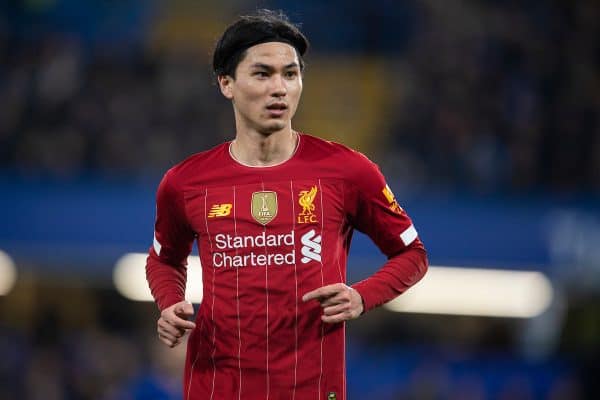
But elsewhere, too: Minamino has played in a two-man attack. Youngster such as Rhian Brewster would benefit from playing closer with a strike partner.
And behind, our array of midfielders can play in pairs just as well as they have in a trio. Fabinho, Milner, Naby and Henderson have played in a double-pivot. In the two attacking midfield roles, there’s huge tactical reliance: when to come infield to play between the lines and get creative, and when to filter back into wider, defensive areas. Ox plays both. Henderson plays both. Milner and Naby the same.
Gini Wijnaldum can do absolutely any role of the four he’s asked to.
Even the players Liverpool have been linked with such as Joaquin Correa and Kai Havertz (and Werner!) fit into at least two or three roles, while Curtis Jones is essentially made for an in-between role which is not quite No. 10, not quite inside forward. Maybe Harvey Elliott, too.
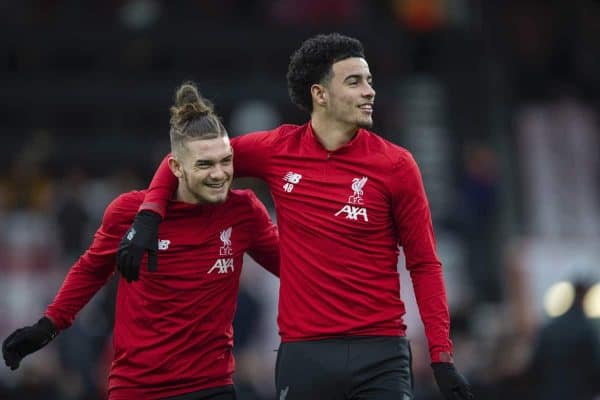
The ‘box’ midfield is a tough sell unless a team is incredibly well-drilled on the transitions, particularly defensively. Good job, then, that this is exactly what the Reds are.
In reality, there’s enough movement and nuance, subtlety and intelligence throughout this team that the base formation—diamond, 4-3-3, box, plain old 4-4-2—doesn’t really matter a great deal. It’s the combination play in the final third, the spaces the attackers take up and the numbers of bodies getting into the box which will ensure Liverpool do, or don’t, stay at the top of the game.
That’s where the recruitment needs to remain smart, and consistent, and correct.
Klopp’s first version of an elite-level Liverpool contained a few big-name signings, yes. Alisson and Virgil were the exact ones we needed and they’re the exact ones we continue to need.
Many of the others, though, were simply good spots, have been well-coached and fit the exact way to play Jurgen wants, and that’s what we can look forward to a few more years of yet, regardless of where we write their names on the team sheet.
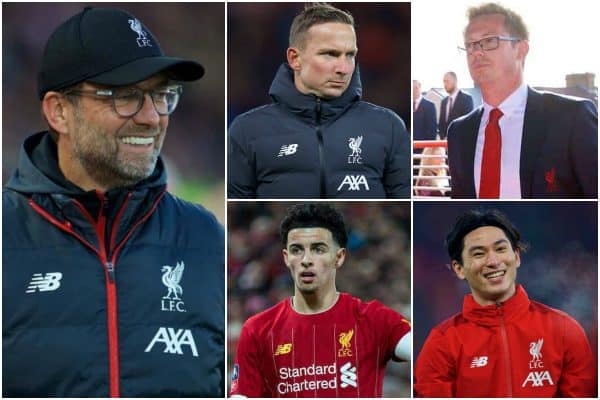



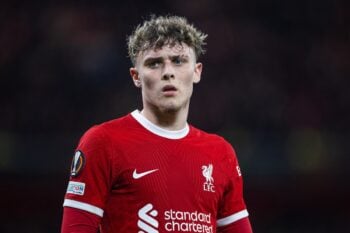
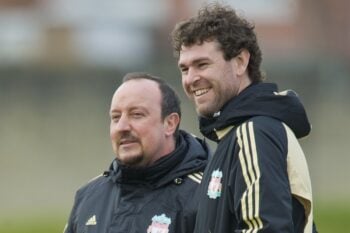

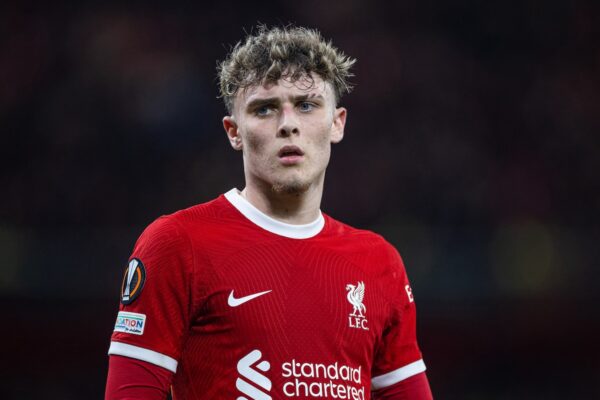
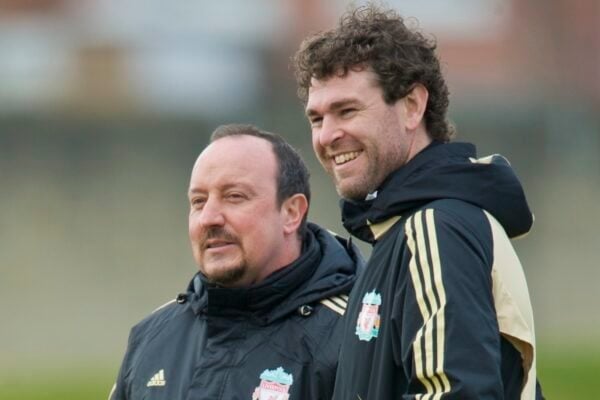
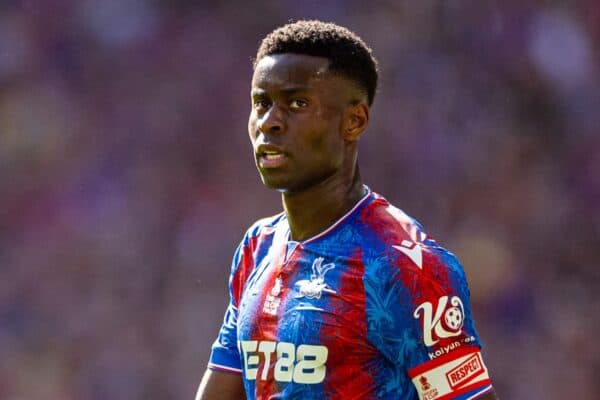
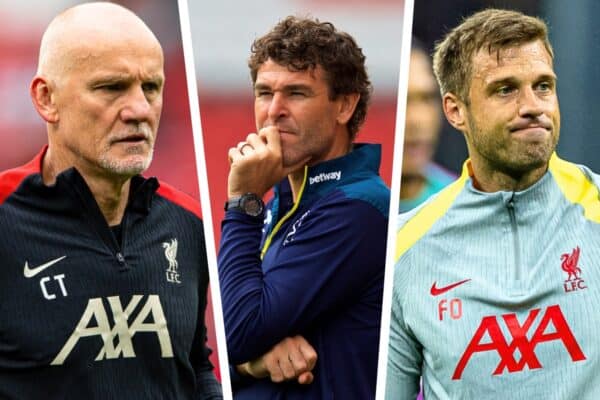
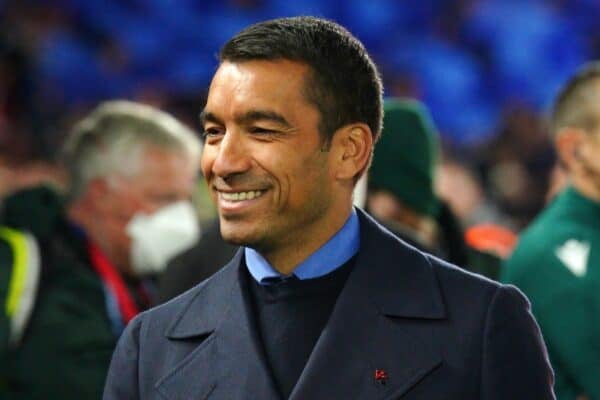

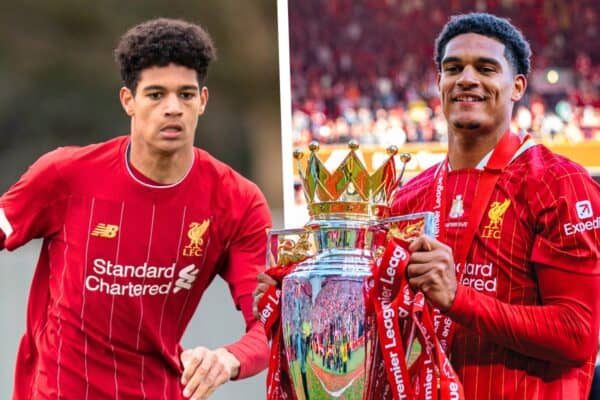
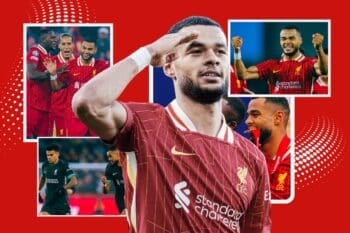


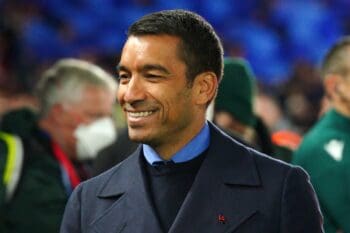
Fan Comments